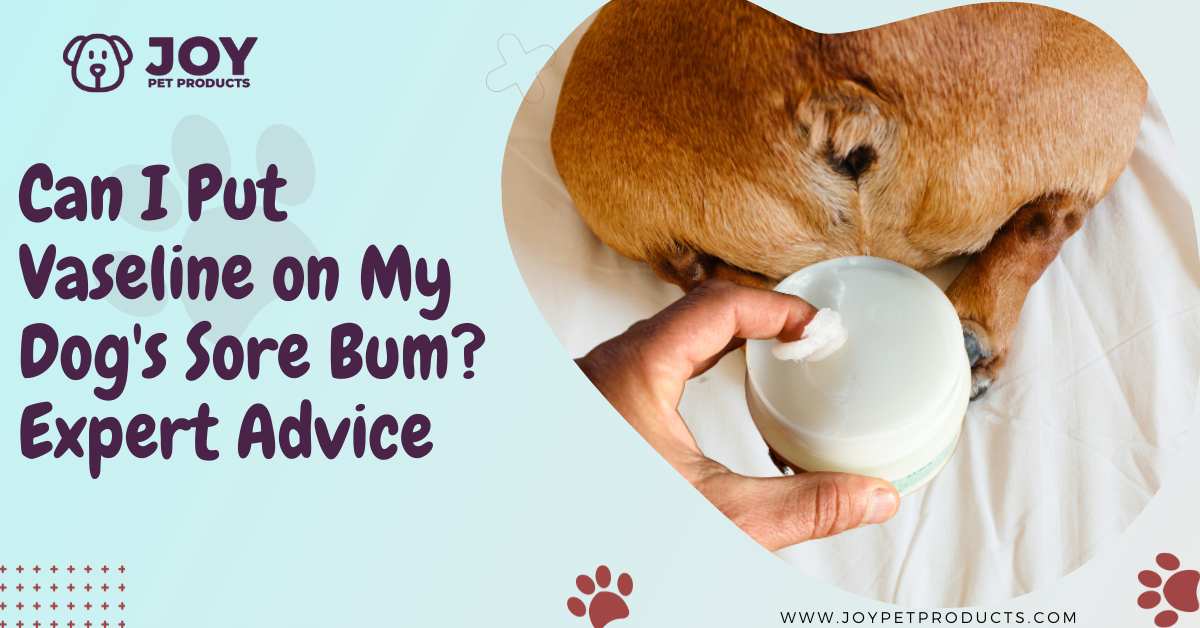Are you troubled with itchiness and soreness post-waxing? Is it getting difficult to manage your dry, chapped lips during the colder months? Well, you have Vaseline available for an instant relief. It must be a regular skincare product in your handbag. Now, what is safe for you isn’t for your dog.
What if your pup is troubled by a sore and itchy bum, which makes it inconvenient for him to sit or move around? Will Vaseline be a good option for your canine friend?
When it comes to your dog, you must be super cautious and shouldn’t opt for any remedy before seeking a medical consultation. So, let us look at how effective Vaseline may be for sore bums in dogs.
What is Vaseline?
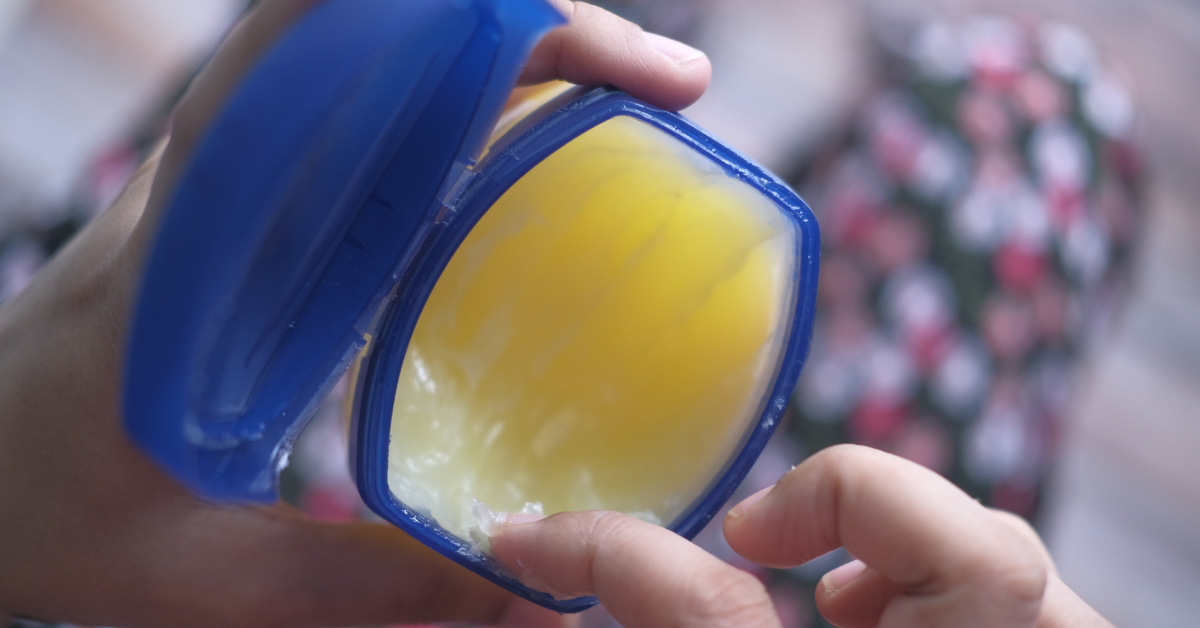
Vaseline, the brand name for petroleum jelly, is made from waxes and mineral oil. The end product in the market appears as a semi-solid, jelly-like, odorless product. The uses of Vaseline are immense when it comes to healing skin rashes and inflammation.
It even works wonders for chapped lips and skin. The gel-like consistency in Vaseline gives it anti-microbial and anti-bacterial effects.
Dogs And Vaseline: Is it Safe for Canines?
As discussed above, Vaseline is a helpful remedy for treating several skin problems in humans. So, how effective is it for dogs? Vaseline is not considered toxic for dogs. But, it isn’t cent percent safe either.
Dogs are high on curiosity, and licking is one of the various ways they explore and understand their surroundings. So, when you apply some Vaseline to his body, it is natural for your dog to lick it. In doing so, your dog puts himself at risk of stomach problems, which can trigger diarrhea and vomiting.
Is Vaseline Good for Sore Bum?
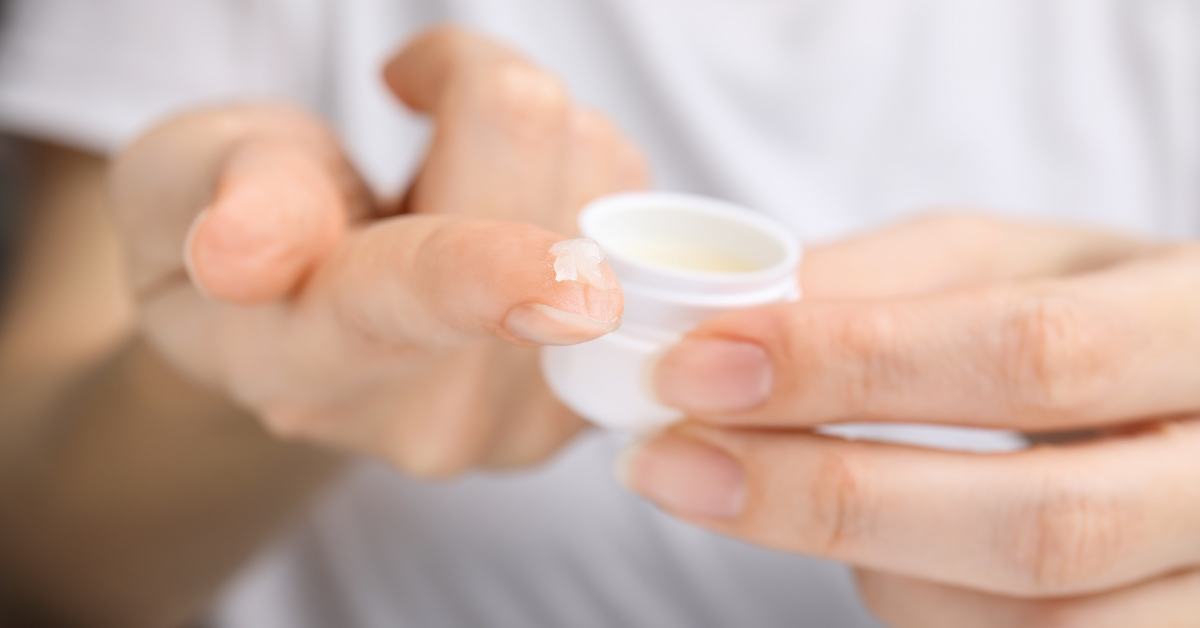
Now comes the question regarding the utility of Vaseline when your dog has a sore bum. As mentioned above, Vaseline is safe for dogs, but you must watch out for how much jelly you apply to your dog.
Besides gastrointestinal problems, there is another bane of using Vaseline on your dog, mainly if you apply it on your dog’s skin to relieve sore bums. Vaseline creates a barrier around your dog’s skin and traps the bacteria, toxins, and dirt. So, if the sore is not cleaned, it could cause further trouble.
Moreover, Vaseline seals the existing moisture but doesn’t allow moisture absorption in the atmosphere. Therefore, prolonged usage of petroleum jelly on your dog could dry his skin.
Most importantly, it is always essential to contact the vet before applying topical creams or gels to your dog to rule out the risk of allergic reactions.
Signs of a Sore, Itchy Bum
If your dog has a sore and itchy bum, he will make it evident through the following signs as mentioned below:
- Scooting along the floor in a seated posture
- Rubbing his bum frequently against the floor, furniture, or other objects
- Licking, biting, or scratching the area surrounding his anus and tail
- Increased restlessness
- Signs of injury or abrasion near the tail and anus
- Protruded tissue from your dog’s anus
- A foul smell coming from your dog’s bum
- Bloody stool or diarrhea
6 Causes of a Sore, Itchy Bum

When your dog has a sore or itchy rectum, there are several reasons behind the same. It could be any bacterial or parasitic infection or a problem with his anal gland. Read on to know why your dog has a sore and itchy bum.
1. Anal Gland Infection
Dogs have two anal sacs on the lower part of their anus. The sacs excrete a fluid during the bowel movement. However, the problem arises when the dog has difficulty discharging the fluid naturally. The glands eventually become impacted and full. The thickening of the secretion causes the sacs to become inflamed, distended, and swollen.
Sometimes, the fluid begins leaking and may be filled with pus or blood. It could lead to an abscess in the anal sac. This could cause your dog’s bum to appear swollen, red, and painful.
2.Worms or Parasites
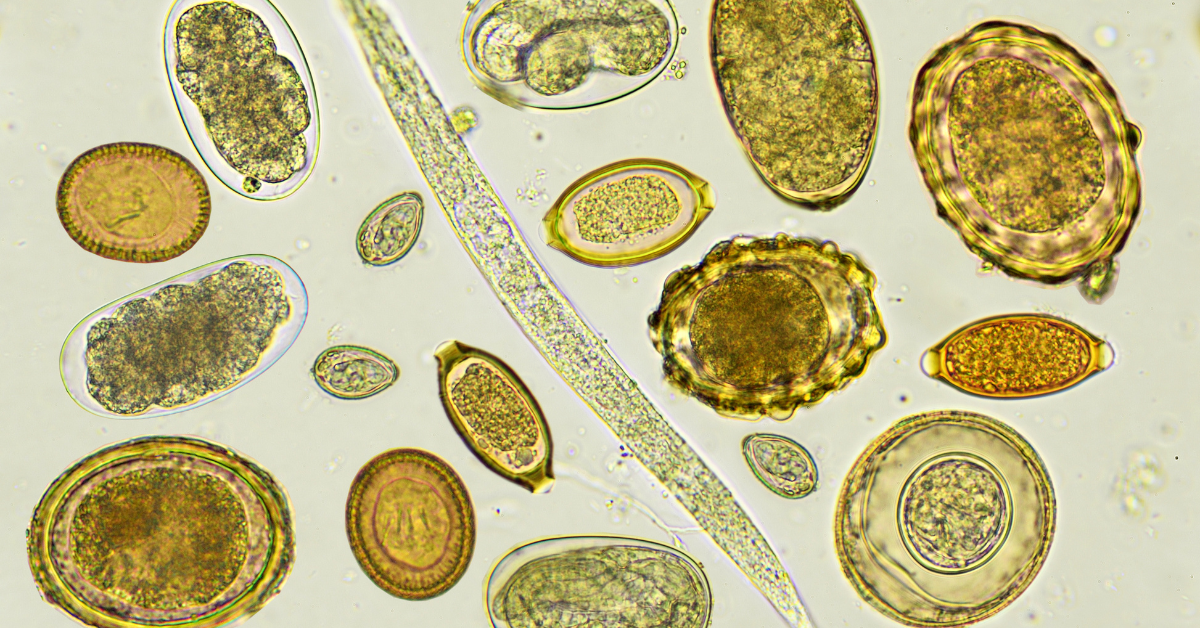
Infestation of worms and parasites in your dog’s gastrointestinal tract or anus could result in rectal itching. When your dog has an itchy bottom, he will rub it vigorously against the floor to relieve himself of the discomfort. So, if you see such a problem in your dog, you must contact the vet immediately to rule out any parasitic infection.
3. Food Allergies
If your dog’s food has allergens that his system can’t digest well, the outcome will be allergic reactions. When your dog has food allergies, not just his anus but his entire body will appear itchy, including the ears, paws, and skin.
You may see symptoms like diarrhea, vomiting, weight loss, hyperactivity, lessened energy, and aggression. In such cases, you have to consult the vet at once. He will suggest medications to relieve your dog of the itching and discomfort. He could even put your canine on a food elimination trial to determine the triggers.
4. Anal Furunculosis
This serious inflammatory condition leads to inflammation and ulceration around the anal area. This condition could result in rectal soreness. Your dog will also strain while defecating. He will even indulge in licking his anus persistently.
5. Diarrhea

If your dog has loose or watery stools, it could lead to inflammation, irritation, and itchiness in the area surrounding the anus. The loose or watery stools often comprise digestive enzymes, bile, and gastric acids, which irritate and inflame the anus.
6. Injury
Your dog could have injured his bottom while playing, fighting with another dog, licking his bum excessively, or sitting on uneven or rough surfaces. It could even occur because of any accidents at the groomer’s place. The outcome will be a sore and bruised bum.
Best Practices When Applying Vaseline To Dogs
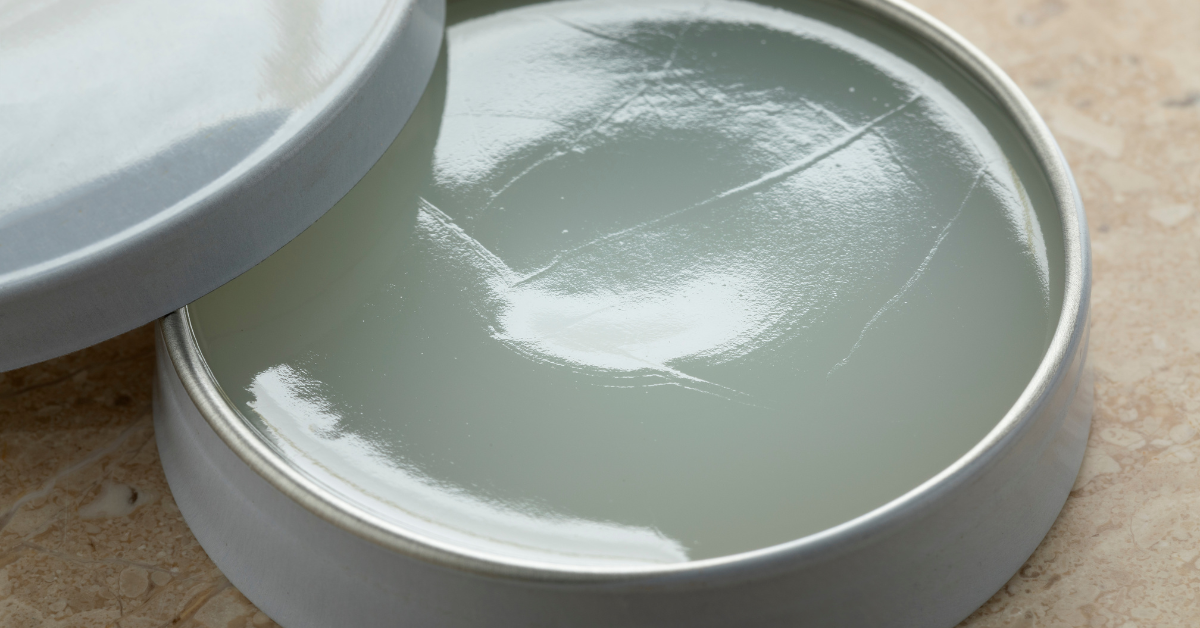
As already mentioned, when you add too much Vaseline to your dog, there are chances that he may lick it. So, applying petroleum jelly to your dog in small and measured amounts is advisable.
Moreover, before applying Vaseline, ensure the wound or sore on your dog’s bum is adequately cleaned. This is because petroleum jelly traps the bacteria and dirt, making matters worse.
What Human Creams Are Safe for Dogs?
Before discussing the safety of human creams for dogs, it is essential to mention that you must always talk to a vet before topically applying any cream on your canine. We already mentioned the safety of Vaseline. Let’s look at some possible safe human creams for dogs.
1. Neosporin
Neosporin is considered one of the safe antibacterial ointments for dogs when applied in small amounts. The biggest advantage of this ointment is that it kills the existing bacteria and prevents further growth. It serves as a good remedy in dealing with minor cuts and scrapes.
However, a patch test before the application is needed to check your dog’s tolerance to the cream. Clean your dog’s injury well before applying this ointment. If possible, cover the wound after you have put the ointment so that your dog doesn’t lick it.
2. Bepanthen
Bepanthen is a nappy rash ointment effective for treating smaller wounds like rashes, minor burns, or eczema because of its Vitamin B5 content. It is safe to apply on dogs in measured amounts. However, ensure that your dog doesn’t indulge in licking the ointment, as that could lead to stomach upset and other health hazards.
FAQ’s
Can you apply Savlon antiseptic on dogs?
Savlon, an antiseptic cream used for healing cuts, scrapes, and wounds, isn’t a good option to apply to dogs. The main reason is that ingesting increased amounts of it can cause harmful effects on dogs. If you are looking for an antiseptic cream for your dog, it is better to ask your vet for a safer option.
Can you apply Hydrocortisone cream on dogs?
Hydrocortisone effectively reduces swelling and inflammation of the skin in dogs when applied in small amounts. Keep a watch on your dog and make sure that he doesn’t lick the cream. Also, consult a vet before applying the cream on your dog.
Is Preparation H cream good for dogs?
Preparation H is used in humans to relieve anal itching and discomfort in dogs. But applying this cream to your canine when he has sore or itchy bums isn’t advisable. Suppose your dog has been diagnosed with hemorrhoids. Always consult the vet for appropriate treatment options.
Can you apply Polysporin on dogs?
Vets are divided on their opinion regarding applying polysporin to dogs. It is an antibiotic cream that helps to resist infections that may occur from scratches, wounds, and minor cuts. But, it is often recommended to avoid giving your dog the cream.
Is Germolene safe to apply on dogs?
Germolene is an antiseptic cream that is safe for dogs when applied in small amounts. Make sure you do not apply it on the sensitive areas. Also, ensure that your dog does not lick the cream, as its phenol content is toxic for dogs.
Will coconut oil be useful for a dog with a sore bum?
Coconut oil is one of the safest remedies for dogs with a sore and itchy bum because of its anti-bacterial and anti-fungal properties. It will help soothe the skin and lessen pain, swelling, and inflammation.
Is Aquaphor helpful for treating sore bums in dogs?
Like Vaseline, Aquaphor is also a petroleum jelly product considered safe for dogs. It has a moisturizing effect and is used for treating various skin conditions in dogs, like peeling paw pads, crusty noses, etc. However, if you want to apply it to your dog’s bum, it is always safe to consult the vet.
Can you apply E 45 cream to your dog?
E45 is safe to treat itchy skin in humans, but it isn’t recommended for your canine friend. If your pet has itchy or dry skin, seek a vet’s consultation for an appropriate solution.
Conclusion
So, to sum it up, before applying Vaseline or any ointment to your dog’s bum or anywhere else on your skin, it is always safe to consult the vet. Never try any remedy at home. It may be hazardous for your dog. To avoid sore bums in dogs, cleaning them well and maintaining basic hygiene is always the need of the hour.
Elena Gherman is a highly skilled and knowledgeable animal care expert. At the start of her career, she gained practical expertise with multiple animals. In addition to that, she works as a DVM veterinary editor for Joy Pet Products, which focuses on offering reliable information on pet health and wellbeing. She meticulously reviews each piece of writing before it is published to make sure pet owners get the most precise and updated information possible.
